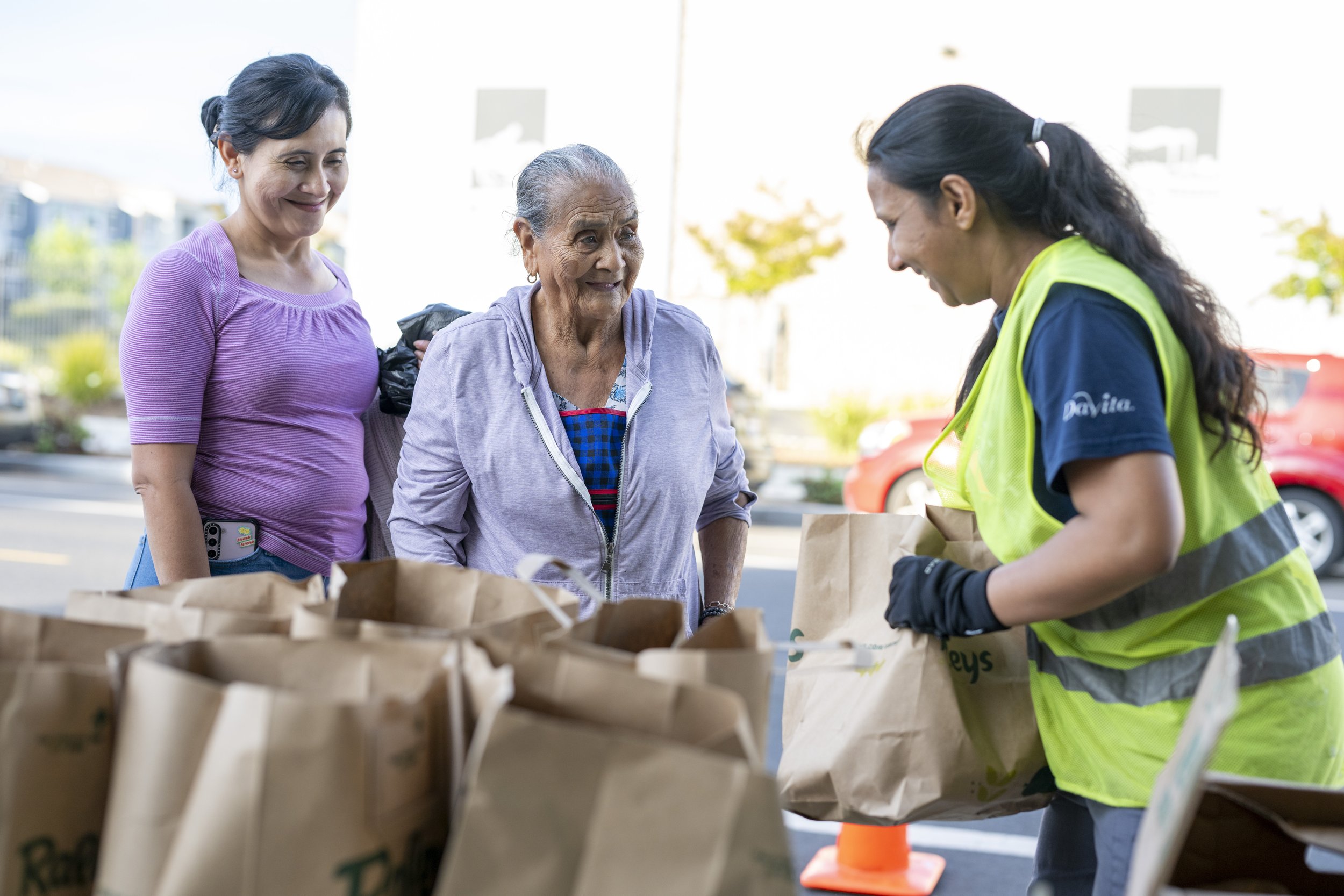
Our Approach
How We Operate
As Sacramento County’s food bank, Sacramento Food Bank & Family Services (SFBFS) serves as the central hub in our community’s fight against hunger, managing the county-wide recovery, collection, storage and distribution of food. Here’s how we do it.
Our Food Sources
The food we distribute is donated by or recovered from retailers, manufacturers, distributors, wholesalers and farmers. It’s also purchased through relationships with manufacturers and distributors as well as federally sourced from large-scale manufacturers.
Our Distribution Center
Food arrives at our 110,000 square foot Distribution Center, where our staff and 10,000+ annual volunteers inspect, sort and repackage it for distribution.
Our Partner Agencies
We provide the food that our 135+ partner agencies need to feed the people they serve. Agencies include pantries, community meal sites, schools, senior centers and nonprofit organizations.
Our Direct Distributions
In communities where a partner isn’t available or additional support is needed, we operate our own Pop-Up Pantries.
Our Neighbors in Need
Every month, nearly 300,000 Sacramentans rely on the 180+ distribution sites operated by SFBFS and our partner agencies to put food on the table for themselves and their families.

What We Do
SFBFS closes gaps to food access among vulnerable and hard to reach groups.
Every child, adult and senior should have access to familiar, nutritious and sufficient food. We remove barriers of access by aiming to implement programs that address the needs of the varied communities in Sacramento County.
SFBFS strengthens and supports Sacramento County’s food safety net.
We partner with and provide support to other agencies to ensure an adequate and equitable flow of food throughout the communities we serve.
SFBFS provides daily essentials so our neighbors don’t have to make impossible tradeoffs between food and other necessities.
For individuals and households struggling to make ends meet, food can be the first thing people forgo. But food should never be an impossible choice. By providing additional services beyond food, we lessen the overall burden, remove the need to make critical tradeoffs and help our neighbors reach their full potential.









